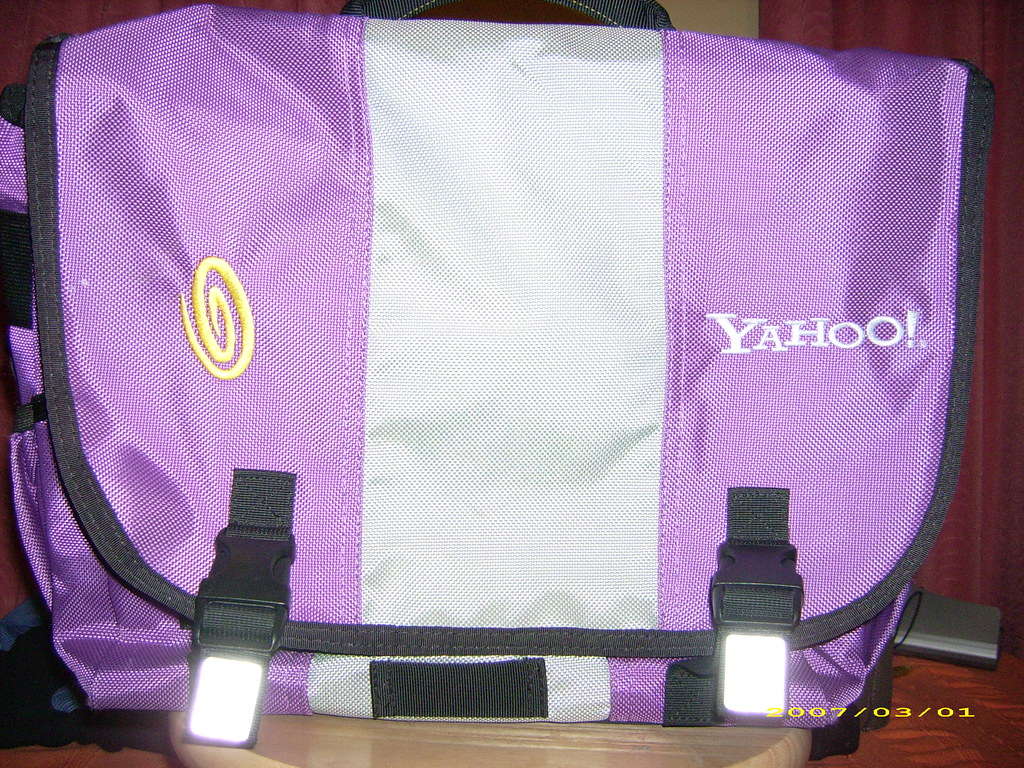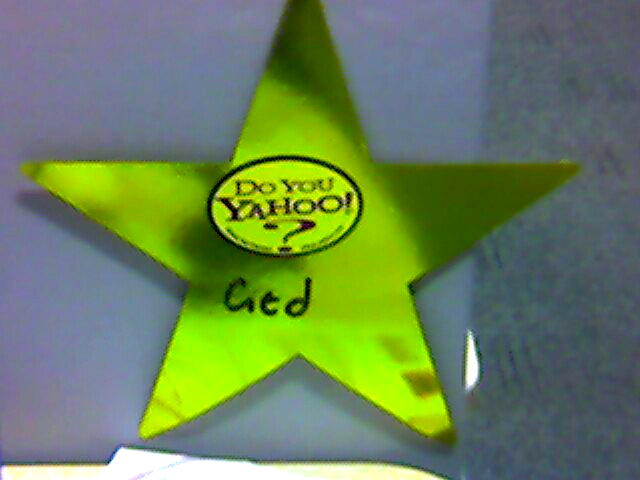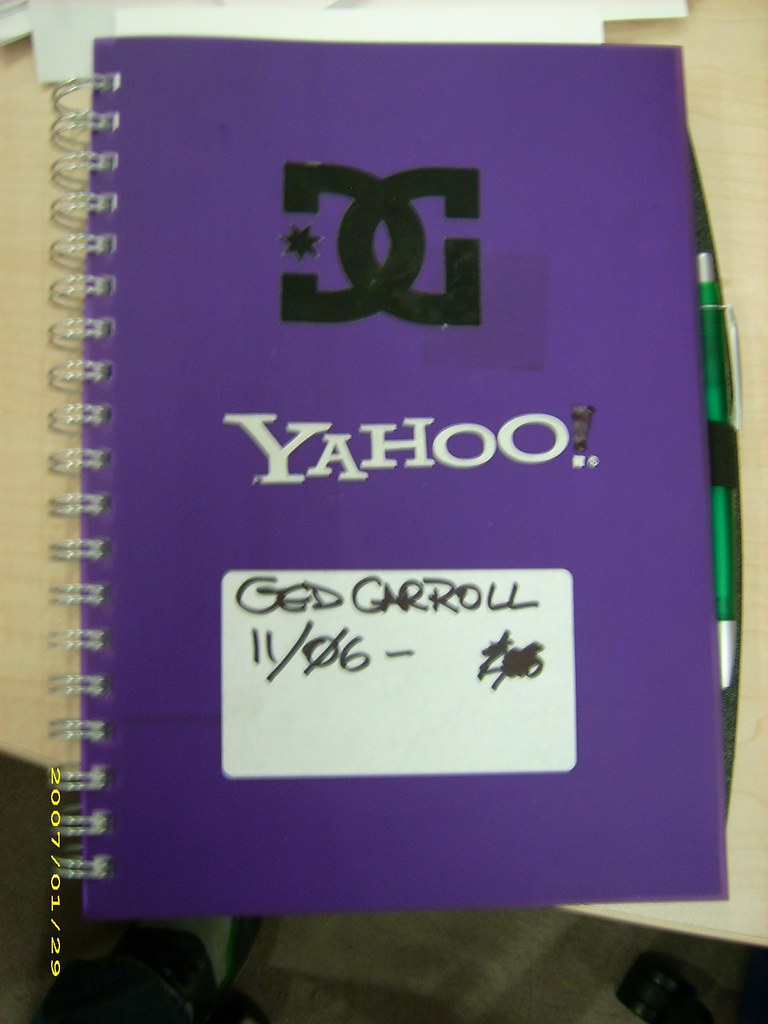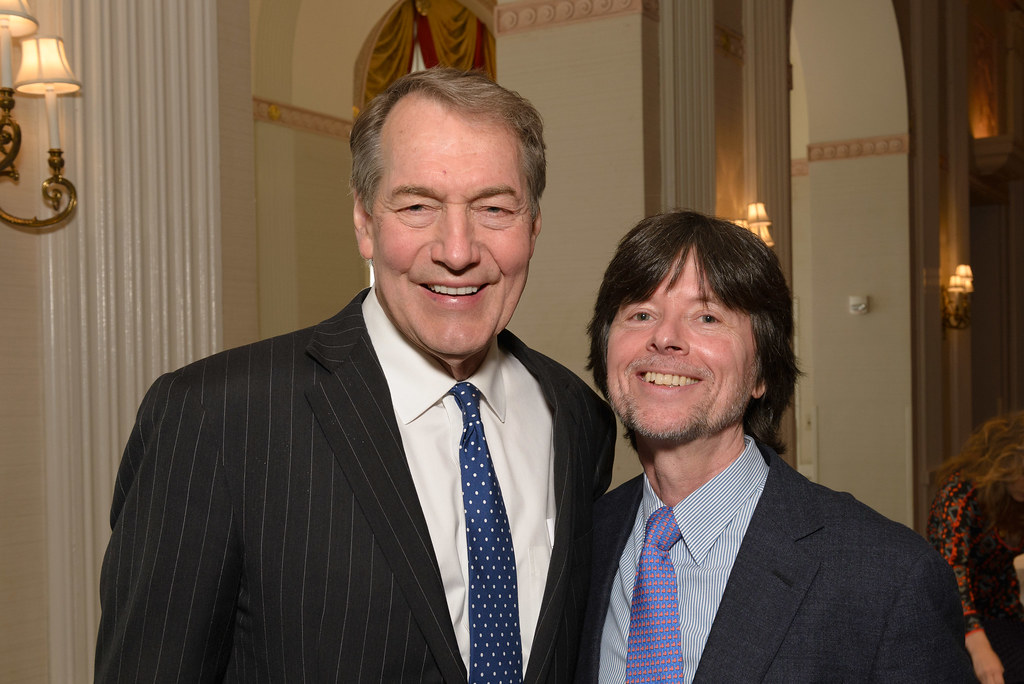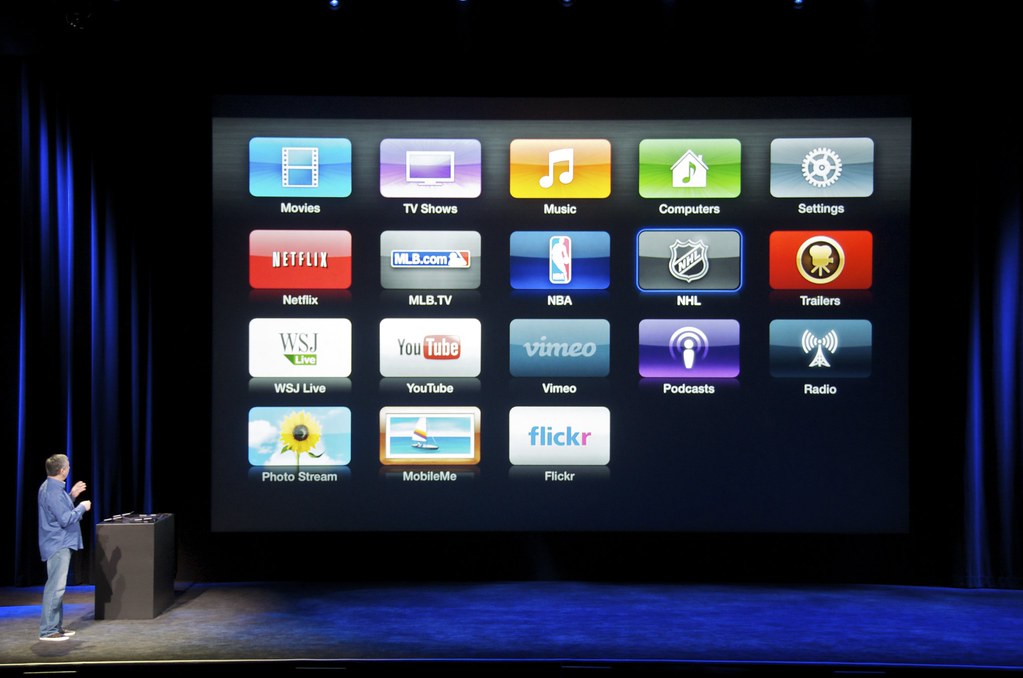Russian crew ontheroof took their skills to Hong Kong, hacking one of the city’s iconic electronic billboards mounted on the top of an unfeasibly tall building. Ontheroof have attracted sponsorship from large corporates despite the illegal nature of their work. They’ve worked with brands like Huawei and Canon cameras.
Their risk profile would preclude many western brands from collaborating with them. I was surprised that Canon did a deal with them.
I wouldn’t be surprised if they were weren’t demonetised on YouTube due to their risky and illegal behaviour. Even if landlords were open-minded, their insurance company certainly wouldn’t be. It isn’t about getting ontheroof to sign a waiver; but all the unintended consequences:
- They could fall off and hit someone
- The building could be sued for damages due to the trauma of watching one of them fall of a building to their death
If they used safety harnesses their content would lose its appeal as they are competition with other crews looking to ever more extreme footage.
Not too sure if the swiftly added disclaimer would be enough to stop the lawyer letters coming through the letter box with this ode to Invisalign braces. When does parody become slander.
Wee Scottish travel agent Thorne Travel put together a unique YouTube advert. I am guessing that it go nowhere near a legal team before it was uploaded on YouTube. Not too sure that they have permission from David Guetta for the soundtrack or Disney for the appearance of Mickey and Minnie Mouse – which probably explains why it got taken down. I thought that the N.W.A. soundtracked remix of the video was inspired. It also provided material for The Poke.
The Poke have remixed some of their videos including a Halloween themed one with Michael Jackson’s Thriller the soundtrack and strategically placed pumpkins.
Warner Brothers are pushing out to Western audiences Black Butler, a Japanese live action adaption of a Faustian manga tale. If you like anime like Death Note, you’ll like Black Butler.
Finally, Agence France Presse put together a really good animation on how Ebola attacks the body, surprisingly it was hosted on DailyMotion.
